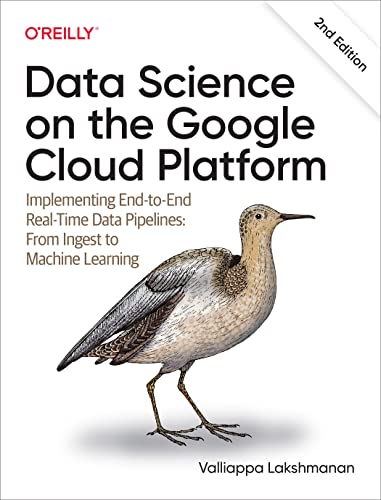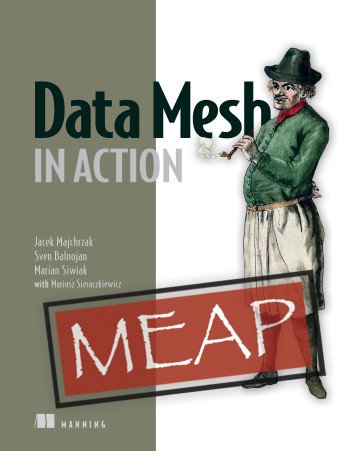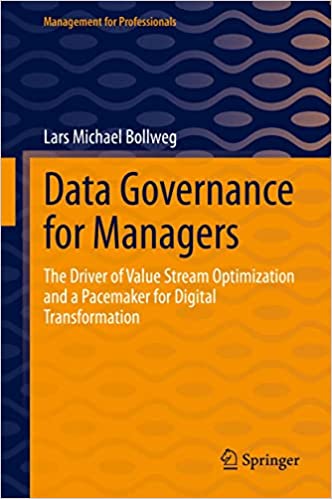
English | 2022 | ISBN: 1316515702 | 288 pages | True PDF | 7.71 MB
This comprehensive text provides an excellent introduction to the state of the art in the identification of network-connected systems. It covers models and methods in detail, includes a case study showing how many of these methods are applied in adaptive optics and addresses open research questions. Specific models covered include generic modelling for MIMO LTI systems, signal flow models of dynamic networks and models of networks of local LTI systems. A variety of different identification methods are discussed, including identification of signal flow dynamics networks, subspace-like identification of multi-dimensional systems and subspace identification of local systems in an NDS. Researchers working in system identification and/or networked systems will appreciate the comprehensive overview provided, and the emphasis on algorithm design will interest those wishing to test the theory on real-life applications. This is the ideal text for researchers and graduate students interested in system identification for networked systems.

English | 2022 | ISBN: 9811237247 | 399 pages | True PDF | 14.66 MB
Most literature thinks of the relationship between data and society as additive, meaning that data and society are seen as two separate sets of things but which overlap to form an intersection. The literature then goes off to unpack the intersection of the two circles and partners the term data in this manner with terms descriptive of the domain of society — ownership, control, surveillance, and privacy, to name but a few.Within this book, we want to promote an alternative viewpoint of the relationship between data and society. Rather than explaining how data fits with or contributes to some burning societal issues, we want to explain how data is constitutive of many such issues. The term constitutive is used here in the sense of data having power to institute, establish, or enact society.Our viewpoint means that if you are to properly understand the constitutive nature of data, you must start from first principles and closely examine the nature of data itself. You must also focus on the mechanics of data — how data is represented and articulated in records or more generally in data structures.Our aim in doing this is to examine the place of data structures across cultures and societies. In doing so, we hope to better understand why we, as humans, make records. In doing this, we can also better understand some of the unintended consequences of the use of records, which particularly plague us in the modern world.

English | 2022 | ISBN: 1718502605 | 298 pages | True PDF | 10.5 MB
Learn how and when to use the right data structures in any situation, strengthening your computational thinking, problem-solving, and programming skills in the process.

English | 2022 | ISBN: 1119834384 | 286 pages | True PDF EPUB | 7.38 MB
Straightforward, practical guidance for working fraud examiners and forensic accountants

English | 2022 | ISBN: 1098118952 | 462 pages | True PDF EPUB | 28.63 MB
Learn how easy it is to apply sophisticated statistical and machine learning methods to real-world problems when you build using Google Cloud Platform (GCP). This hands-on guide shows data engineers and data scientists how to implement an end-to-end data pipeline with cloud native tools on GCP.

English | 2022 | ISBN: 0192847260, 978-0192847270 | 273 pages | True PDF | 19.9 MB
Data science ethics is all about what is right and wrong when conducting data science. Data science has so far been primarily used for positive outcomes for businesses and society. However, just as with any technology, data science has also come with some negative consequences: an increase of

English | 2022 | ISBN: 0323851193 | 104 pages | True pdf, epub | 14.59 MB
Data Prefetching Techniques in Computer Systems, Volume 125 provides an in-depth review of the latest progress on data prefetching research. Topics covered in this volume include temporal prefetchers, spatial prefetchers, non-spatial-temporal prefetchers, and evaluation of prefetchers, with insights on possible future research direction. Specific chapters in this release include Introduction to Data Prefetching, Spatial Prefetching Techniques, Temporal Prefetching Techniques, Domino prefetching scheme, Bingo prefetching method, and The Champion prefetcher.

English | 2022 | ISBN: 1633439976, 978-1633439979 | 309 pages | True PDF | 13.52 MB
Revolutionize the way your organization approaches data with a data mesh! This new decentralized architecture outpaces monolithic lakes and warehouses and can work for a company of any size.

English | 2022 | ISBN: 1492092398 | 387 pages | True PDF | 52.9 MB
We're at an inflection point in data, where our data management solutions no longer match the complexity of organizations, the proliferation of data sources, and the scope of our aspirations to get value from data with AI and analytics. In this practical book, author Zhamak Dehghani introduces data mesh, a decentralized sociotechnical paradigm drawn from modern distributed architecture that provides a new approach to sourcing, sharing, accessing, and managing analytical data at scale.

English | 2022 | ISBN: 366265170X | 167 pages | pdf, epub | 9.59 MB
Professional data management is the foundation for the successful digital transformation of traditional companies. Unfortunately, many companies fail to implement data governance because they do not fully understand the complexity of the challenge (organizational structure, employee empowerment, change management, etc.) and therefore do not include all aspects in the planning and implementation of their data governance.


